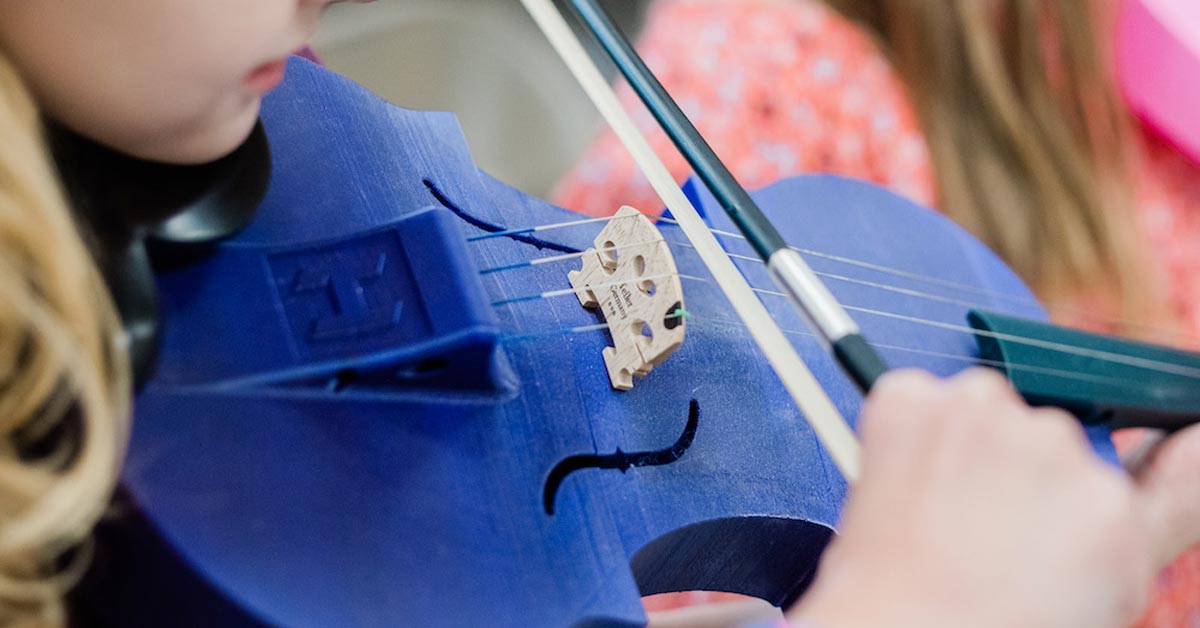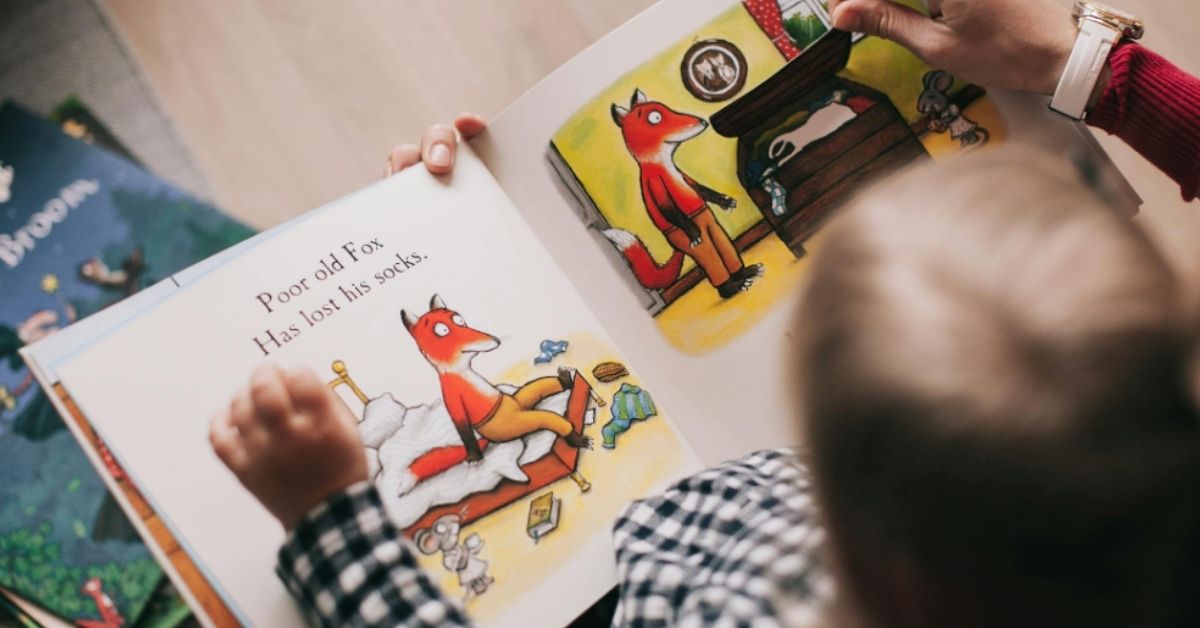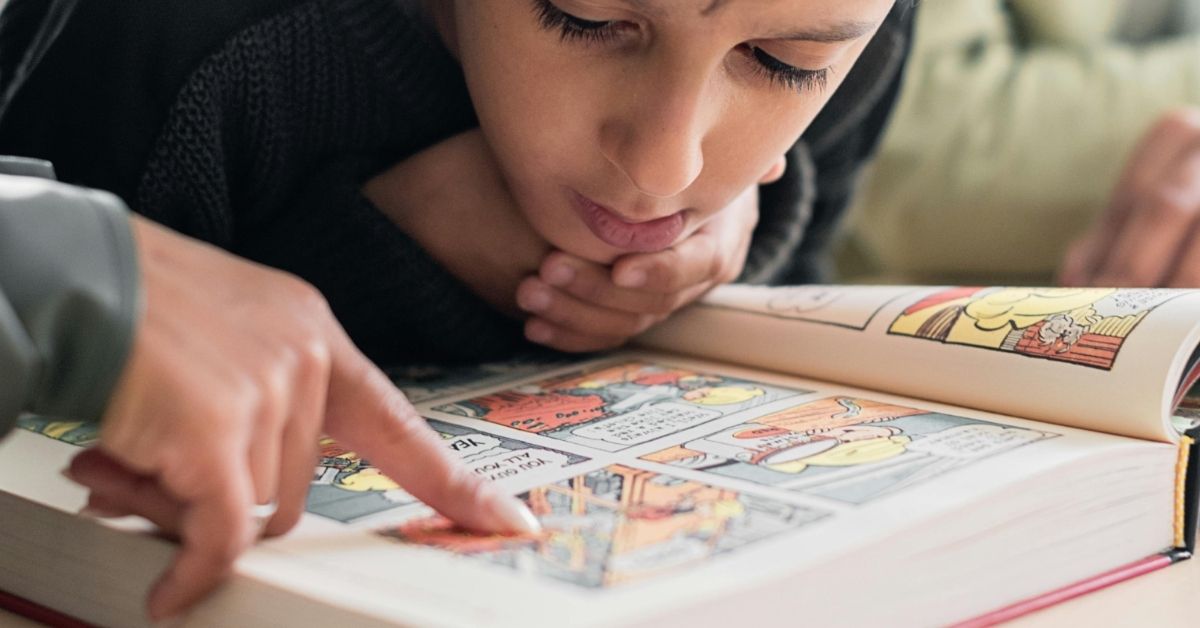Dr. Laura Jacob, superintendent of the California Area School District in Coal Center, Pennsylvania, has 30 3D printers in her office.
While she does enjoy 3D printing as a hobby, these printers represent a mission much greater than Jacob alone; They are used to print violins for low-income students.
For schools, violins can cost $500 to $2,000 each, often representing hundreds of dollars in rental fees per family each school year. For the students attending schools in Jacob’s district, that’s just not a cost their families can afford.
“Over 70% of our students are low-income. So that means 100% of our kids receive a free breakfast and free lunch every single day,” Jacob told CBS News.
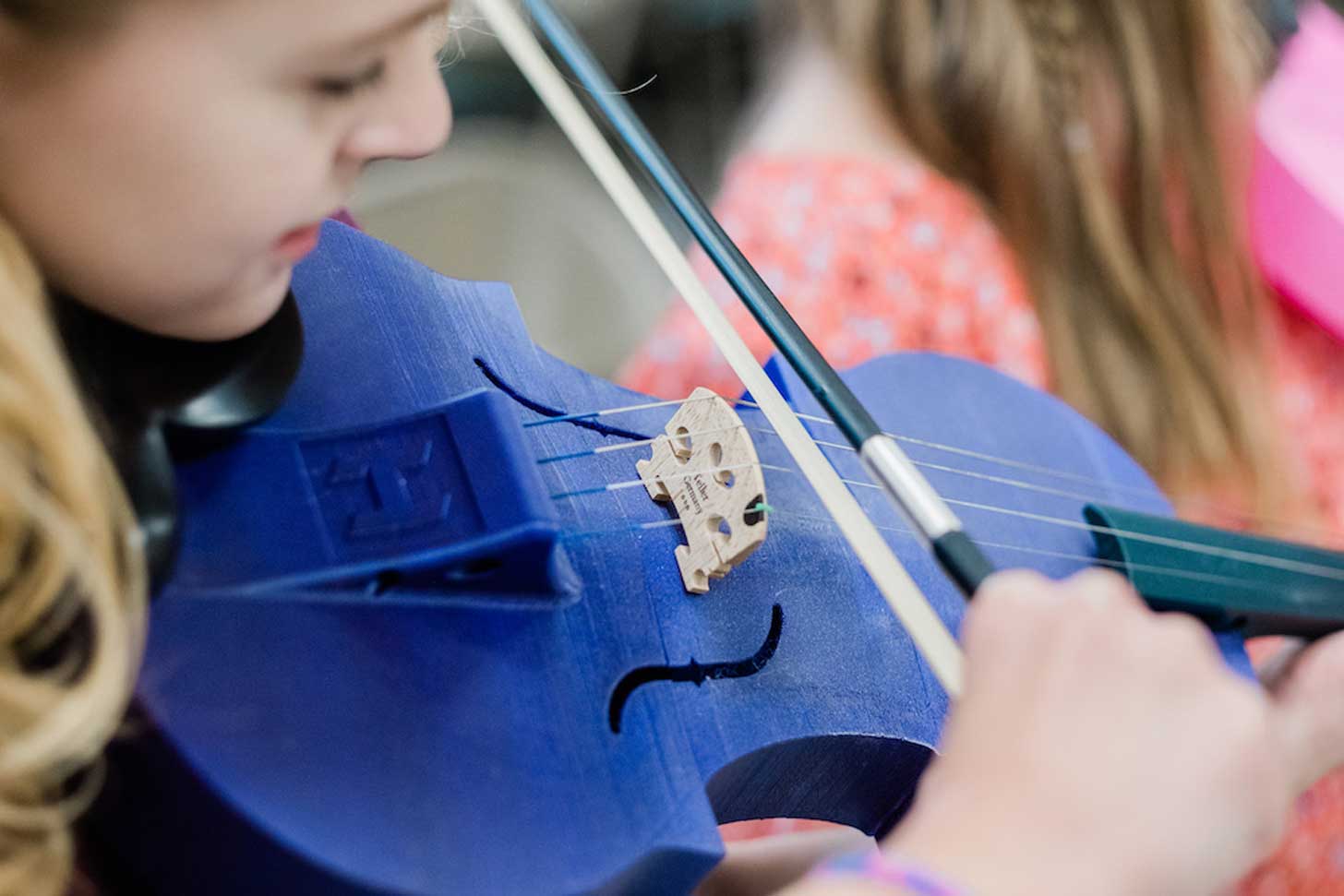
Regardless, she was determined to keep arts education alive for the students she serves. After seeing a video of the Ottawa Symphony Orchestra playing 3D-printed instruments, a passion took hold.
“I started tinkering. I found some models online. I'm not a computer scientist or an engineer by any means, but after a variety of failures, I found one that actually printed and it sounded good. It's a great start for kids,” Jacob told CBS News.
Each violin costs just $50 to make, and they are now offered free to any student who wants one, thanks to grant funding.
Plus, they’re perfect for beginners.
“How it sounds, how it responds, is a bit different,” music teacher and band director Noah Kilgus told Kidsburgh.
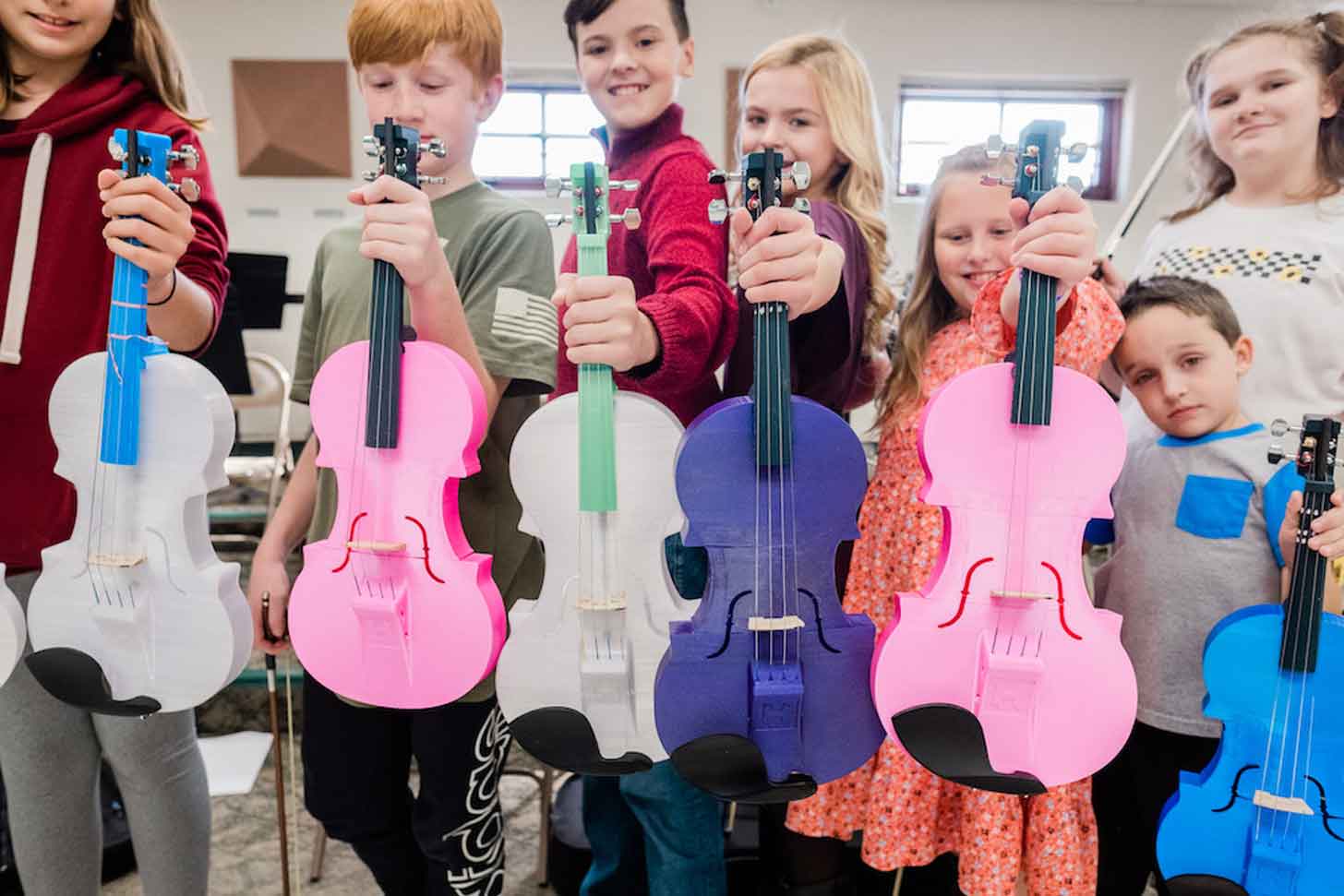
Although they don’t sound exactly like a traditional wooden string instrument, they are just as loud, much more durable, and easy to tune.
“You know, if they break, it's not a big deal. I can print the new part,” Jacob told WESA. “And to me, getting kids hands-on instruments is what gets them engaged in music. And so the more instruments I can get in kids' hands, the happier I am.”
“It’s very accessible, which is what music-making should be about,” Kilgus added. “It’s an opportunity for them to just experience and be exposed to music-making, even if it’s not at the highest level.”
So far, Jacob has printed 200 instruments, now teaching a weekly 3D violin club.
Each violin is made in about three days, with modified guitar pegs, real violin strings, and a wooden violin bridge and center rod, all attached to a plastic body. Kids joyfully learn the basics of their instruments on pink, purple, green, and blue companions.
“Usually, you don't get to pick the color of your violin, but if you're lucky, you will,” one fourth-grade student told WESA.
“And then after you play violin for three years, then you get a wooden violin on your third year.”
The students get to play on a wooden violin over time, growing into a more traditional and formal music education as they advance in their studies.
Another student expressed interest in playing the cello, and now Jacob is expanding her catalogue, albeit slowly, as she and the student attempt to learn how to play the new design together.
With the obvious cost benefit, the colorful foray into music classes boosts confidence for students, too.
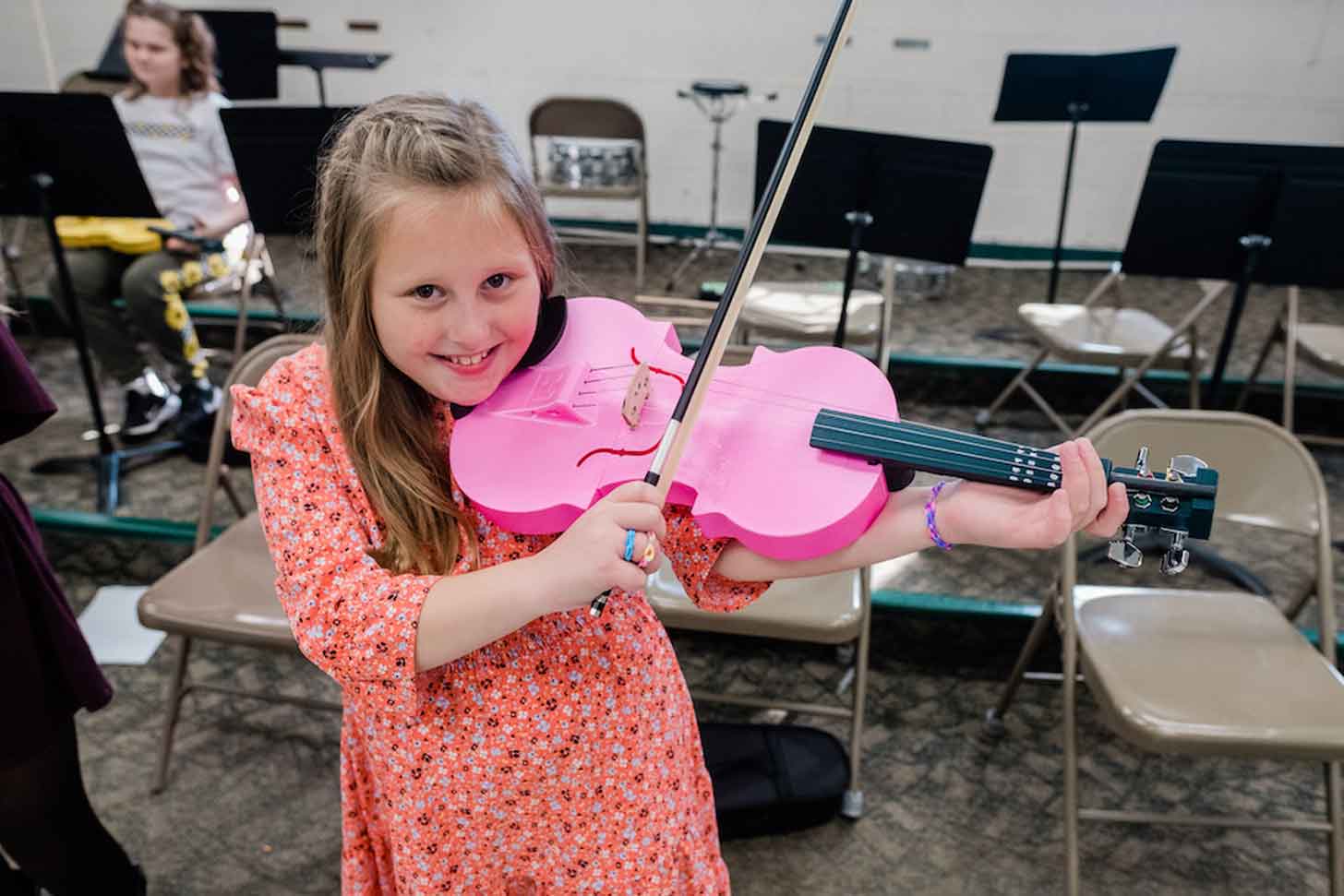
“I feel like it makes you smarter because you have to learn notes and how long to put it on and what they mean,” student Ally Neil told CBS News.
“I feel like it makes you a better student, because if I can play the violin, I can do anything,” student Evie Dentino added.
For Jacob, just getting students to appreciate music makes it all worth it.
“It's that moment when you see them smile like that, that smile that comes out as they're starting to play and they create that sound themselves,” Jacob told CBS News.
The office jam-packed with printers is a small price to pay for that.
“I want to make sure that we do whatever it takes to put instruments in kids' hands. Whatever instrument they want, we want to put it in their hands,” Jacob told WESA.
“And this is one way to do it.”
Header image courtesy of California Area School District
